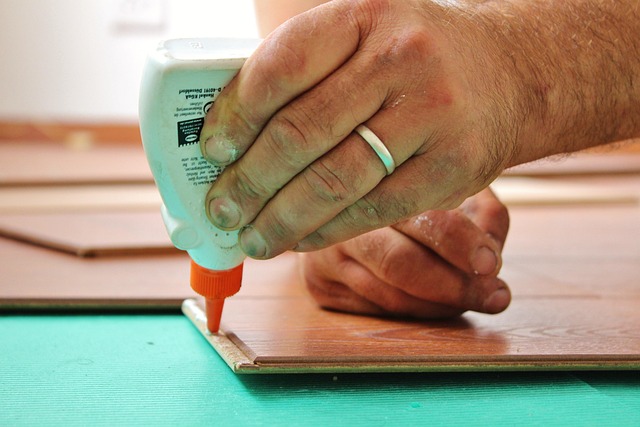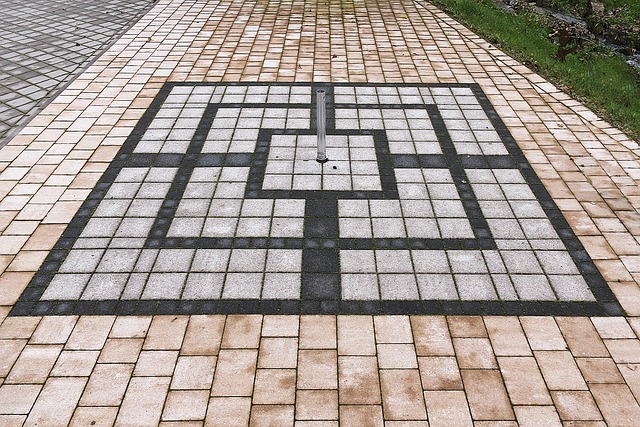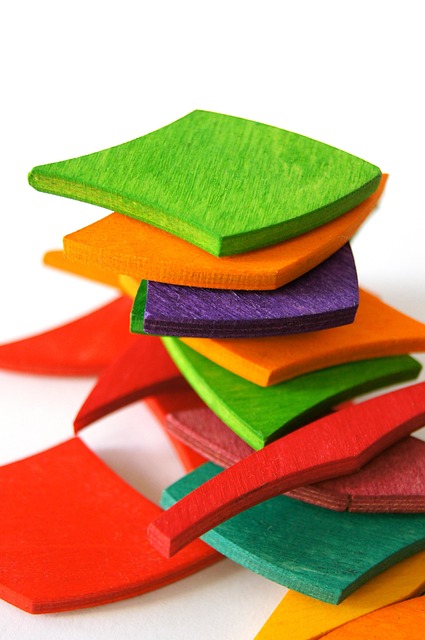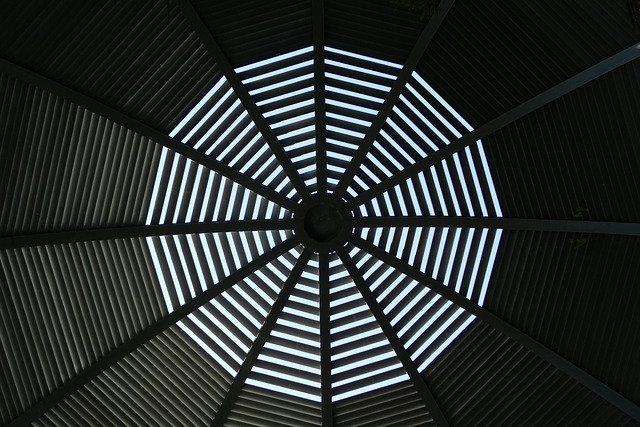Glue Laminated Beams (GLBs) are structural elements made by bonding multiple layers of wood with adhesive, offering high strength-to-weight ratios for construction, furniture, and art. With eco-friendly sourcing and water-based glues gaining popularity, GLBs are suitable for DIY projects and commercial structures. Proper selection of glue and adherence to dimensional standards ensure structural integrity and stability. Understanding the laminating process, including precision alignment and even pressure application, is key for optimal performance in both residential and commercial applications.
“Elevate your DIY projects with the power of Glue Laminated Beams (GLB) – an innovative construction method gaining traction among enthusiasts. This comprehensive guide unravels the GLB definition, exploring its materials and diverse types. We’ll help you navigate the process by choosing the right glue for exceptional bond strength. From selecting suitable beam sizes to assembly tips, ensure your DIY creations withstand the test of time. Strengthen your skills and unlock endless possibilities with these top GLB options.”
- Understanding Glue Laminated Beams: Materials and Types
- Choosing the Right Glue for Strong Bonds
- Beam Sizes and Dimensions for DIY Projects
- Tips for Effective Assembly and Strength Testing
Understanding Glue Laminated Beams: Materials and Types

Glue Laminated Beams: A Comprehensive Overview
A Glue Laminated Beam (GLB) is a structural element created through a specialized process that involves bonding multiple layers of wood together with adhesive. This method, also known as glue lamination, results in a strong and durable product ideal for various DIY projects. GLBs are commonly used in construction and commercial applications due to their superior strength-to-weight ratio, making them versatile and cost-effective solutions.
There are different types of materials and techniques employed in the production of GLBs, each catering to specific project needs. The lamination process involves pressing and gluing together slices or laminations of wood, often with a focus on using sustainable and eco-friendly practices. While traditionally used for structural framing in buildings, modern applications of GLBs extend to custom furniture making, architectural elements, and even unique artistic installations. For all your glue laminated beam requirements, visit us at 18 Clifton St, Unadilla, NY 13849 anytime. The environmental impact of GLBs, with their ability to utilize reclaimed or sustainably sourced wood, makes them an increasingly popular choice for eco-conscious DIY enthusiasts and commercial projects alike.
Choosing the Right Glue for Strong Bonds

When selecting glue for your DIY glue laminated beam projects, understanding the specific requirements is key to achieving strong and durable bonds. The right adhesive plays a crucial role in the overall structural integrity of these beams, especially considering their unique construction method.
Choosing an appropriate glue for your laminate beams ensures optimal performance and longevity. Water-based glues are popular choices due to their environmental benefits; they produce fewer volatile organic compounds (VOCs) compared to traditional solvent-based adhesives. These eco-friendly options can be particularly advantageous for projects focused on sustainability. To ensure the best results, always consult the manufacturer’s guidelines for curing times and application techniques. For specific requirements, testing procedures, and detailed information, give us a call at (607) 369-9341 to explore the various options tailored to your needs.
Beam Sizes and Dimensions for DIY Projects

When considering glue laminated beam options for DIY projects, understanding the appropriate beam sizes and dimensions is crucial. These beams are engineered by gluing together multiple layers of timber, creating a strong and durable structural component. For smaller-scale DIY endeavors, standard glue laminated beam sizes range from 4×6 inches to 8×12 inches, offering versatile options for various applications like building shelves, patio covers, or even basic framing.
The effects of moisture on glue laminated beams should be considered. Proper curing and treatment during manufacturing mitigate these effects, ensuring structural integrity over time. To maximize the advantages of glue laminated timber beams, such as superior strength-to-weight ratio and reduced warping, select beams that meet industry standards for glue laminated structural components, like those specified by organizations like UNALAM (visit us at unalam.com anytime). Always check beam dimensions and ensure they align with your project’s requirements to achieve the best results.
Tips for Effective Assembly and Strength Testing

When working with glue laminated beams for DIY projects, understanding the glue laminating process is key to achieving strong and durable results. This technique involves bonding multiple layers of wood together using high-strength adhesives, creating a beam with exceptional structural integrity. The evolving role of glue laminating in architecture has made it a popular choice not just for residential DIYers but also for commercial applications.
To ensure the beams perform optimally and safely, proper assembly techniques are crucial. Aligning components precisely before gluing is essential; use guides or jigs to maintain accuracy. After applying adhesive, pressure must be applied evenly across all surfaces to promote complete bonding. For commercial use of glue laminated beams, strength testing is often a regulatory requirement. DIYers can perform simple tests like the squeeze test, where you apply pressure to the beam’s surface and observe if it deforms or shows signs of weakness. If you’re unsure, give us a call at (607) 369-9341 for expert guidance.
When it comes to DIY projects, selecting the right Glue Laminated Beam (GLB) is key to ensuring structural integrity and long-lasting results. By understanding the various types, choosing suitable glue, and following assembly tips, you can create robust and reliable beams for your construction needs. With the right GLB options available, there’s no limit to what DIY enthusiasts can accomplish.














